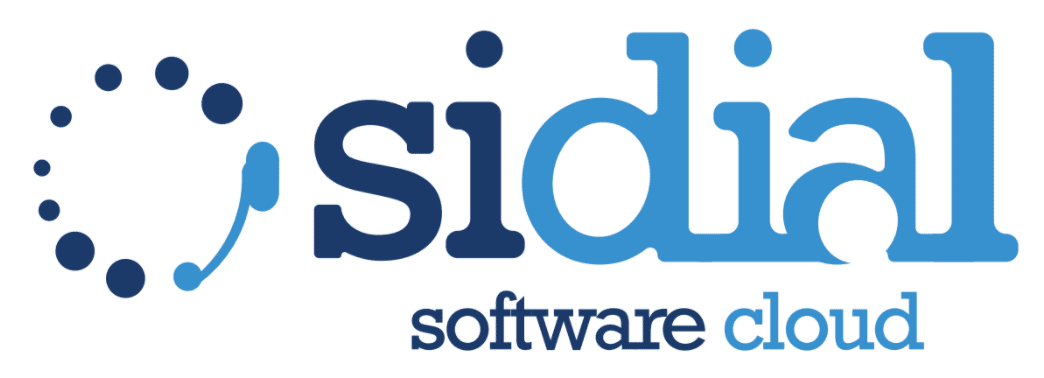Choosing the right call center software is one of the most strategic decisions for any company aiming to improve how it manages customer communications. Yet many managers rely on the wrong criteria and end up adopting solutions that slow operations, raise costs, and compromise the customer experience.
In this article, we examine the most common mistakes made when selecting call center software so you can avoid them and make an informed decision. Whether you need a platform for an outbound or inbound call center, these tips will help.
Mistakes to Avoid When Choosing Call Center Software
Failing to Define Your Call Center’s Real Needs
A widespread error is evaluating software options before analyzing your requirements. An inbound call center has very different needs from an outbound one, just as priorities differ between pure customer-care centers and those focused on telephone sales.
First, ask yourself:
- Which channels does my call center handle (phone, email, chat, social)?
- Do I need to integrate the software with my CRM?
- Do I require advanced features such as IVR or automatic call distribution (ACD)?
- Do I want a cloud-based solution or an on-premises server?
Without this analysis, you risk choosing a solution that is either too expensive or, conversely, too limited.
Ignoring Software Scalability
Another critical mistake is judging software only by today’s needs without considering future growth. The contact-center software you choose now must also handle higher volumes and larger teams tomorrow.
For example:
- Will the number of agents increase?
- Do you plan to add new sites or departments?
- Is call volume subject to seasonal peaks?
Non-scalable software leads to future migration costs, extra training, and operational downtime.
Overlooking Integration With Other Business Tools
A call-center management platform is not a standalone system. It must communicate smoothly with your CRM, billing software, help-desk tickets, and analytics tools.
If you underestimate this aspect, you can face duplicated data, inaccurate customer information, long update times, and reporting difficulties.
API compatibility is essential to ensure seamless integration between call center software and corporate systems.
Not Evaluating Usability and the Learning Curve
Software with an unintuitive interface can slow agents down and cause frustration. Even feature-rich software ends up under-used if it is hard to operate.
Pay attention to:
- User interface (UX): Is it clear and modern?
- Training time: Can staff learn to use it in a few days?
- Availability of Italian-language support and manuals
Good software should simplify agents’ work, not complicate it.
Choosing Solely on Price
A frequent mistake is opting for the cheapest call center software. Initial savings can turn into far higher costs in the form of inefficiencies, technical issues, functional limits, and the need for early replacement.
Instead, assess value for money, not just the price. Consider:
- Setup and training costs
- Included support
- Features in the base plan
- Vendor reliability and reviews
Selecting Software Without a Free Demo
Many providers offer demo versions or trial periods. Skipping them is a costly mistake. During testing, check:
- Connection stability and audio quality
- Operation of dashboards and reports
- Responsiveness of technical support
- Real-world integration with your CRM or ERP
Testing the software in advance means no unpleasant surprises after purchase.
Forgetting Post-Sales Technical Support
No matter how reliable, any software will need updates, custom configurations, or assistance. A vendor that lacks effective technical support can leave you stranded at critical moments.
Verify:
- Whether support is available in Italian
- Hours of availability (24/7 or business hours only?)
- Contact channels (email, phone, chat)
- Guaranteed SLA (Service Level Agreement) levels
Your vendor’s customer service should be as fast as yours.
Ignoring Features Specific to Inbound or Outbound
A common misconception is that all call center software is the same. In reality, some platforms are built for inbound (incoming calls, help desk, ticketing) and others for outbound (telemarketing, automated campaigns, predictive dialing).
Make sure that:
- Features align with your call center type
- The software supports the most suitable routing method (skill-based, round-robin, priority)
- It is compatible with your headsets and PBX systems
Generic software can prove unsuitable for more specialized tasks.
How to Choose the Right Call Center Software
Choosing effective call center software requires a strategic vision, a clear needs analysis, and a thorough technical evaluation. Don’t be guided solely by price or a platform’s popularity. Always consider:
- Compatibility with business systems
- Scalability
- Features specific to your operating model
- Post-sales support
Only then can you offer customers fast, accurate, and efficient service while maximizing your team’s performance.
If you’d like to discover an all-in-one cloud platform for managing both inbound and outbound operations, request a free demo on SiDial.cloud and start building your ideal customer service today.

